Home>Ideas and Tips>Backyard Tiered Garden Design to Maximize Growing Space
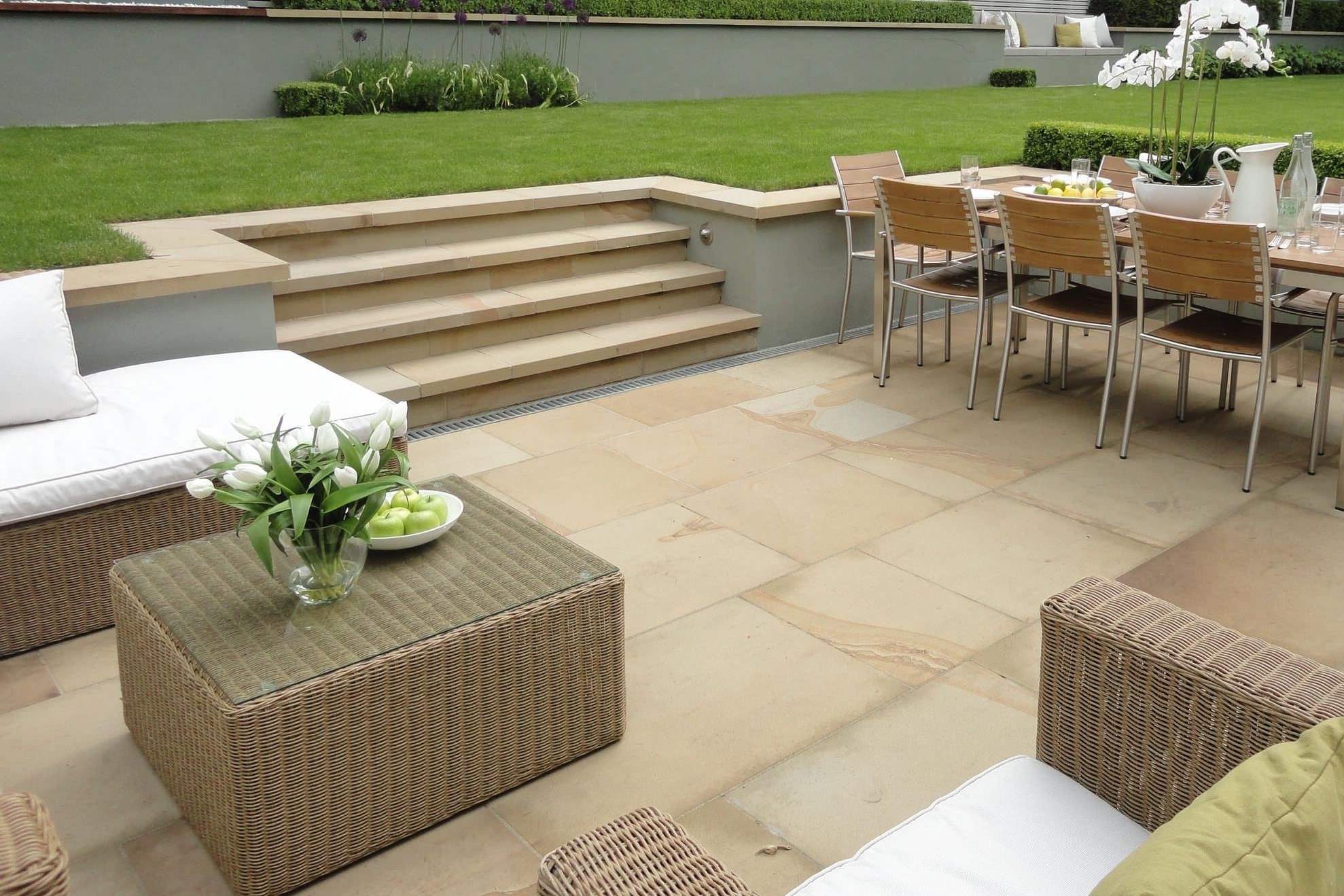

Ideas and Tips
Backyard Tiered Garden Design to Maximize Growing Space
Published: September 25, 2024
Discover how to maximize your backyard growing space with tiered garden design. Learn tips and benefits for creating a lush, multi-level garden.
(Many of the links in this article redirect to a specific reviewed product. Your purchase of these products through affiliate links helps to generate commission for Storables.com, at no extra cost. Learn more)
Creating a backyard garden that maximizes growing space is a dream for many homeowners. With the right design and planning, even the smallest of yards can become a lush and productive haven. One of the most effective ways to achieve this is by incorporating tiered garden beds into your landscape design. In this article, we will explore the benefits and design considerations of tiered garden beds, as well as provide practical tips for maximizing your growing space.
The Benefits of Tiered Garden Beds
Visual Interest
Tiered garden beds add visual interest to your landscape by creating a sense of depth and drama. The stepped effect of multiple levels draws the eye upward, making your garden more engaging and dynamic. This is particularly effective when combined with plants of varying heights and textures, which can create a stunning display of color and foliage.
Increased Growing Space
By dividing your garden into multiple levels, you can significantly increase the amount of growing space available. This is especially useful in small yards where every inch counts. Each level can be designed to accommodate different types of plants, from tall vegetables to compact herbs, ensuring that your garden is both functional and visually appealing.
Better Sunlight Distribution
Tiered garden beds allow for better sunlight distribution. By placing taller plants in the back and shorter ones in the front, you can ensure that all plants receive adequate sunlight. This is crucial for the health and productivity of your garden, as most plants require at least 6-8 hours of direct sunlight each day.
Improved Accessibility
Multi-level gardens often include pathways and stairs that connect each tier. These pathways can be designed to be wide and gentle, serving as additional seating or focal points in your garden. This not only enhances the aesthetic appeal but also makes it easier to navigate and maintain your garden.
Design Considerations for Tiered Garden Beds
Employing the Rule of Threes
The rule of threes is a common design principle used in landscaping to create visually pleasing and balanced outdoor spaces. When using raised beds or planters, consider grouping elements in threes. This can include three tall trees or bushes of the same variety, or three different types of beds arranged parallel for a harmonious, formal design.
Adding Vertical Elements
Adding vertical elements such as trellises, pergolas, arbors, and obelisks can maximize your growing space while adding visual interest. These structures support climbing plants, both edible and ornamental, allowing them to grow upward and maximize their exposure to sunlight. When incorporating vertical elements, place them on the north or east side of your garden beds to avoid shading other plants and ensure easy access.
Remembering the Sun
Sunlight is one of the most important factors to consider when installing any type of garden. Most plants require at least 6-8 hours of direct sunlight each day to thrive. When selecting a spot for your raised bed, consider the orientation of your space and choose a location that receives the most sunlight throughout the day, unless you’re aiming for a shade garden.
Read more: Creating A Family-Friendly Backyard Garden
Creating Functional Zones
To make the most of your tiered garden, divide your space into discrete functional zones. These zones might include areas for relaxing, eating, gardening, and sitting. By giving each segment a distinct purpose, you provide a sense of order and ensure that every area of the garden is used properly.
Practical Tips for Maximizing Growing Space
Use Multi-Functional Furniture
In small gardens, every piece of furniture should have more than one use. Consider adding benches with storage built in, convertible coffee tables into dining tables, and planters that double as stools. This helps maximize functionality without overwhelming the space.
Incorporate Green Walls
Going upward is one of the best strategies for making the most of a small garden. Utilize walls, trellises, and other structures to grow plants vertically. A rich green wall can be made using hanging planters, wall-mounted shelves, and trellis systems, which not only add visual appeal but also conserve valuable floor space.
Read more: Great Backyard Pond Ideas For Your Garden
Choose Low-Maintenance Plants
Select plants that will thrive in your environment and soil type. Avoid larger plants and trees that will make your space look smaller. Instead, choose small and dwarf plant varieties that won’t overtake the area. Plants with fascinating leaves, texture, and color can add visual appeal without taking up too much space.
Add Pathways for Movement
Clearly defined pathways can help direct the eye and give the space a feeling of order. Stepping stones or curved walkways can add a refined touch and promote exploration. Plants that spill over the edges of pathways can be used as imaginative landscaping elements to create a pleasing flow.
Case Study: Transforming a Backyard into a Multi-Level Retreat
Imagine transforming a small backyard into a multi-level retreat that maximizes growing space. Here’s how you could do it:
Challenge:
The client had a spacious but underutilized backyard in their Seattle home. They wanted to create an outdoor living space that was both functional and aesthetically pleasing.
Solution:
- Define Zones: Assign specific functions to different levels. For example, one level could be dedicated to dining, another for lounging, and maybe an outdoor kitchen up top.
- Go Green: Add plants to bring life and color. They can define edges, add privacy, and even reduce noise. Think about low-maintenance options that thrive outdoors.
- Privacy Matters: Use screens or tall plants to create secluded spots. Perfect for areas where you want to relax without being on display.
- Light It Up: Good lighting can transform your deck after dark. Solar lights for paths, LED strips for ambiance, and task lighting for cooking areas ensure your deck is as usable at night as it is during the day.
Implementation:
- Seamless Design: Align the style and materials of your deck with your home for a cohesive look. This unity enhances the overall flow and makes transitions feel natural.
- Smart Stair Placement: Position stairs strategically to connect levels without disrupting the flow of each space. Wide, gentle stairs can also serve as additional seating or a focal point.
- Railings and Safety: Choose railings that offer security without sacrificing style. Glass or cable options maintain views while wood or composite can match your deck’s aesthetic.
- Pathways for Movement: Consider adding pathways that lead from the deck to the garden or other areas using materials like stone or pavers.
Maximizing Small Spaces with Tiered Garden Beds
While tiered garden beds are particularly useful in larger yards, they can also be adapted for small spaces. Here’s how:
Greening Upward:
Utilize walls, trellises, and other structures to grow plants vertically. This strategy is especially effective in small gardens where floor space is limited. Hanging planters, wall-mounted shelves, and trellis systems can create a rich green wall that adds visual appeal while conserving valuable floor space.
Read more: What To Grow In Garden
Multi-Functional Furniture:
Every piece of furniture should have more than one use when space is restricted. Add benches with storage built in, convertible coffee tables into dining tables, and planters that double as stools. This helps maximize functionality without overwhelming the space.
Elevate Your Garden:
Tiered planting involves dividing your garden into several levels or tiers. Raised beds, terraced landscaping, or using several plant containers with different heights can achieve this. Introducing these levels gives your garden aesthetic dimension and depth while creating plenty of room for various plantings.
Expanding Horizons with Mirrors
Mirrors are an excellent technique for giving the appearance of depth in tiny areas. Placing mirrors thoughtfully on walls or fences can create an illusion that the garden is larger than it is. This method is especially effective when used with strategically placed lighting since it brightens the area by reflecting both natural and artificial light.
Pathways of Serenity
In small gardens, making the appropriate plant selections is essential. Choose small and dwarf plant varieties that won’t overtake the area. To add visual appeal without taking up too much space, think about adding plants with fascinating leaves, texture, and color. Additionally, choosing plants that will thrive in your environment and soil type will guarantee their development.
Blooms in a Box
A little garden’s best friend is containers. You may experiment with different layouts and increase sunlight exposure by moving plants around with ease. The options range from vibrant pots to upcycled containers. Using a variety of container shapes and sizes can provide visual interest and give the garden a more lively vibe.
Zone It Right
To make the most of the space, divide your little garden into discrete functional zones. These zones might have places for relaxing, eating, gardening, and sitting. By giving each segment a distinct purpose, you provide a sense of order and ensure that every area of the garden is used properly.
Green Alternatives
In areas where growing natural grass might be challenging, artificial turf can provide a low-maintenance solution. It adds a touch of green without the hassle of regular upkeep. Additionally, incorporating paving stones, gravel, or decorative tiles can break up the garden visually, creating a balance between soft and hard landscaping elements.
Evening Garden Glam
Outdoor lighting can completely transform the ambiance of a garden. By strategically placing solar lights for paths, LED strips for ambiance, and task lighting for cooking areas, you can ensure that your garden is as usable at night as it is during the day.
Conclusion
Creating a backyard tiered garden design that maximizes growing space requires careful planning and attention to detail. By incorporating vertical elements, choosing low-maintenance plants, and dividing your space into functional zones, you can turn even the smallest yard into a lush and productive haven. Whether you’re a seasoned gardener or just starting out, these tips and ideas will help you create a garden that not only grows beautiful plants but also enhances your outdoor living experience.
By following these practical tips and design considerations, you can transform your backyard into a multi-level retreat that maximizes growing space. Whether you're working with a small or large yard, tiered garden beds offer a versatile solution for creating visually appealing and functional outdoor spaces. So why wait? Start planning your dream garden today
Was this page helpful?
At Storables.com, we guarantee accurate and reliable information. Our content, validated by Expert Board Contributors, is crafted following stringent Editorial Policies. We're committed to providing you with well-researched, expert-backed insights for all your informational needs.

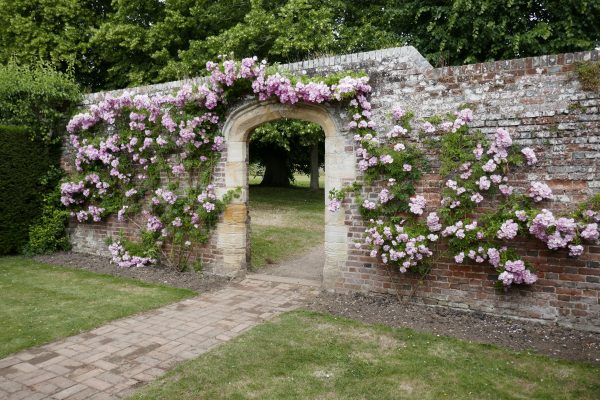
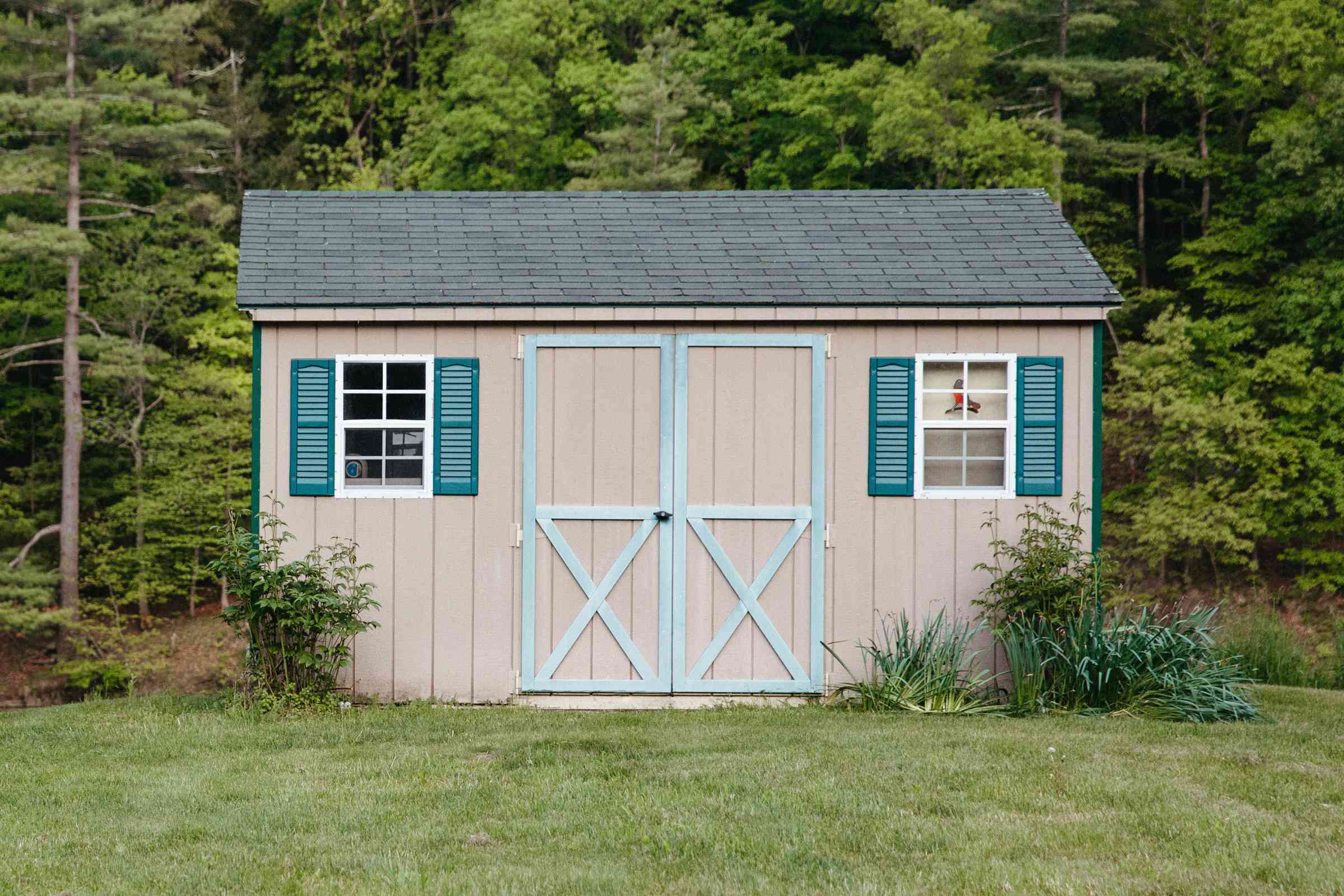

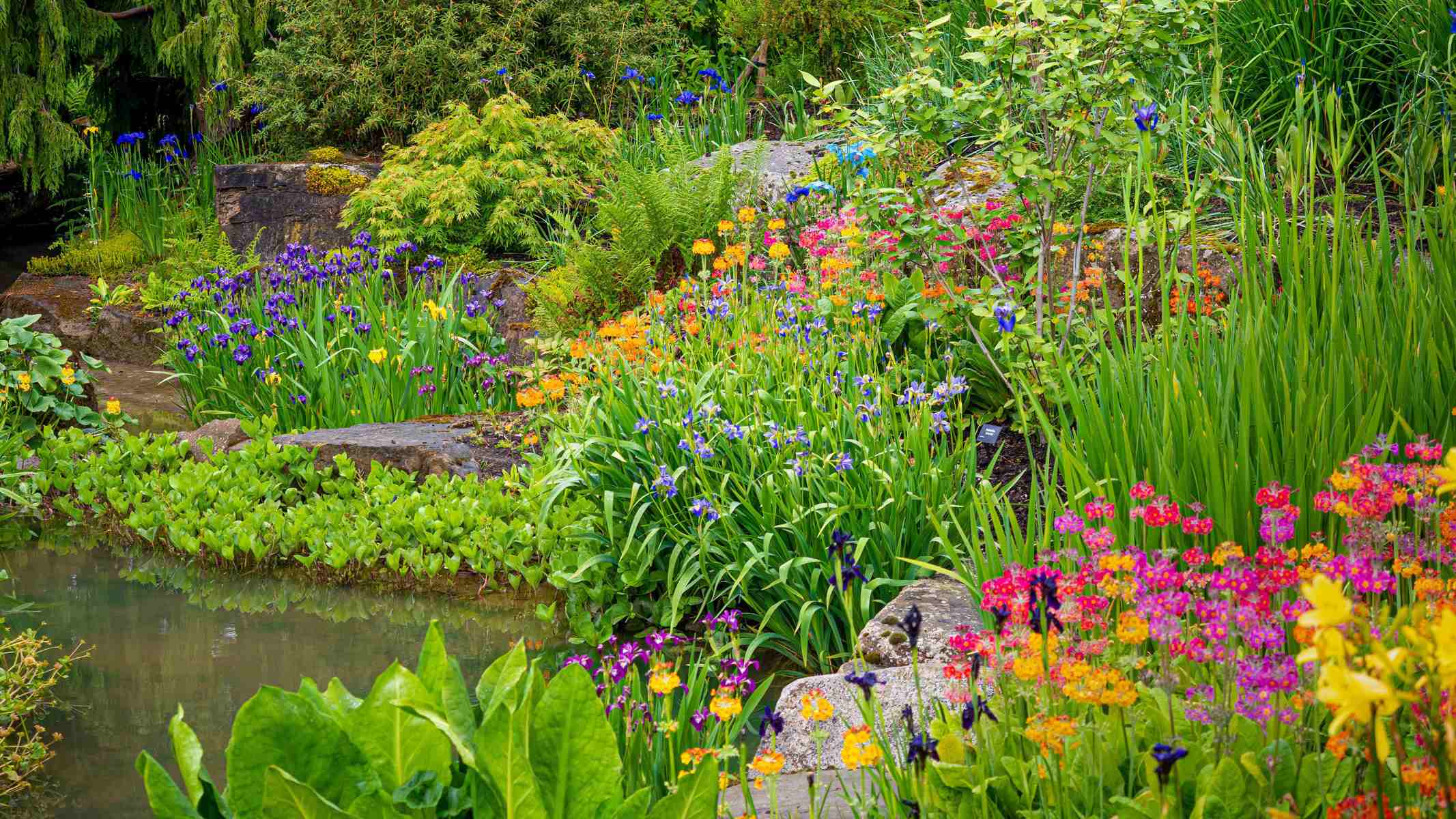
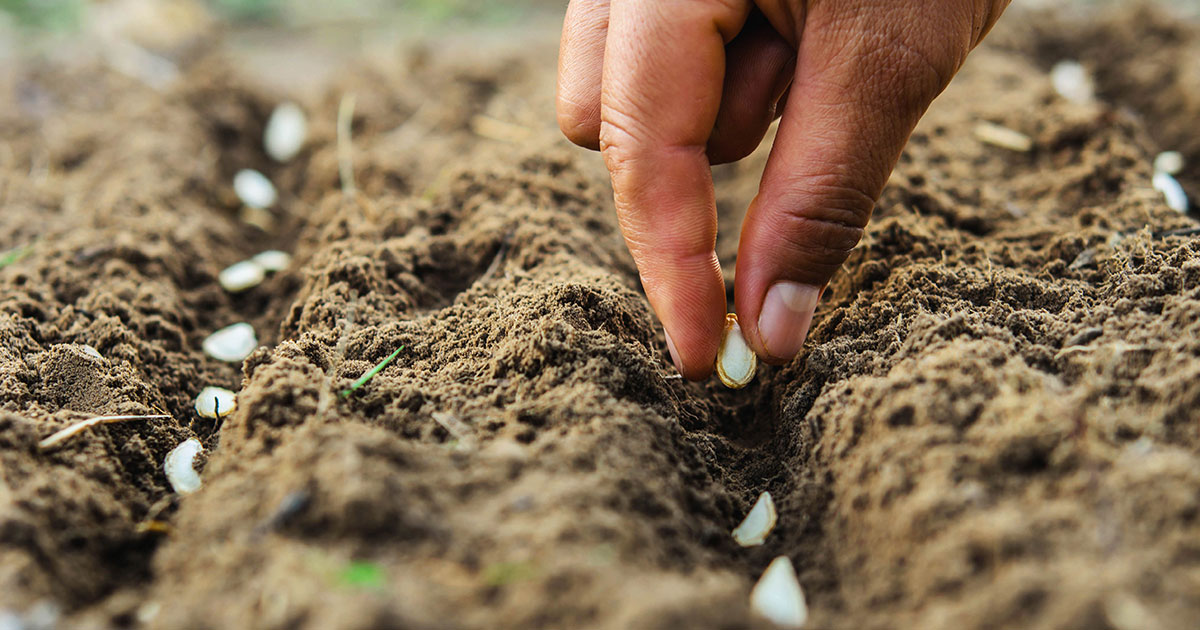

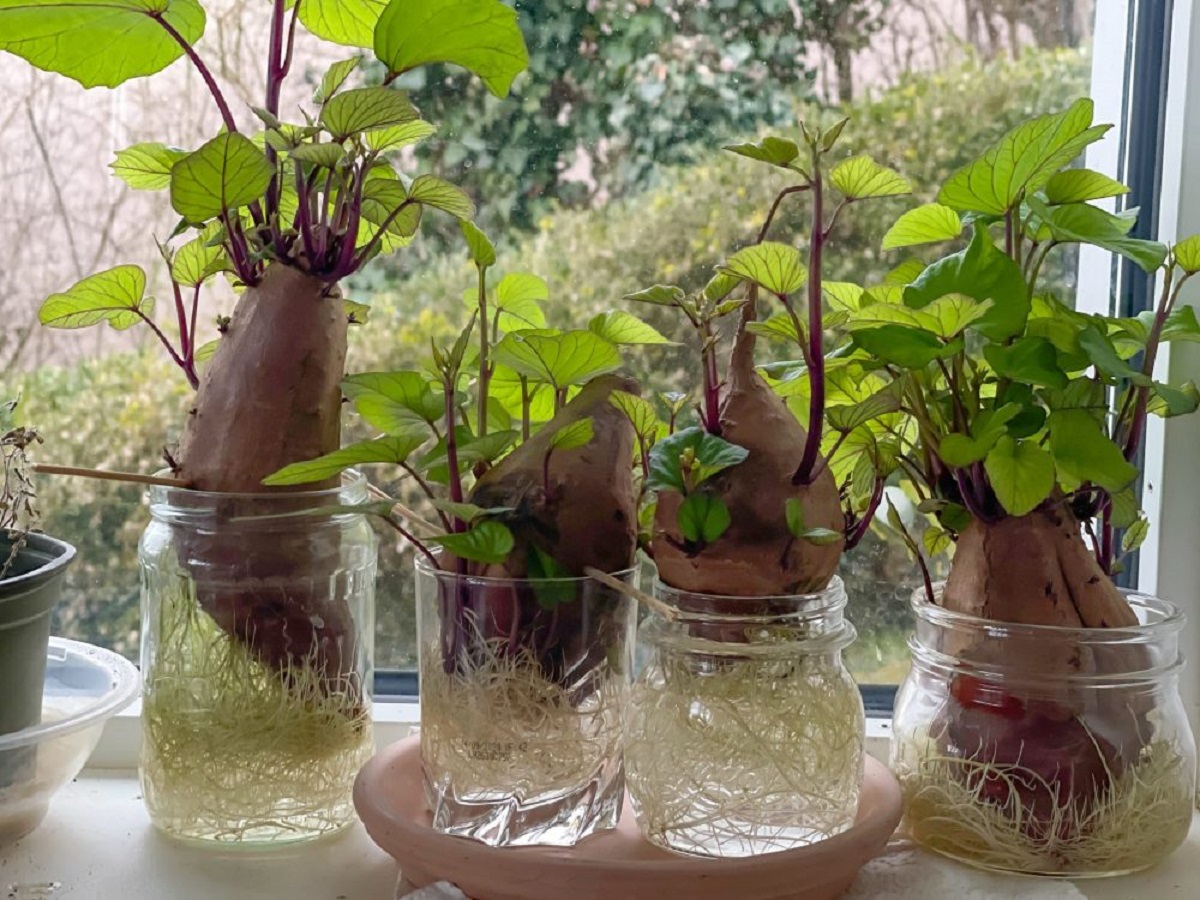

0 thoughts on “Backyard Tiered Garden Design to Maximize Growing Space”